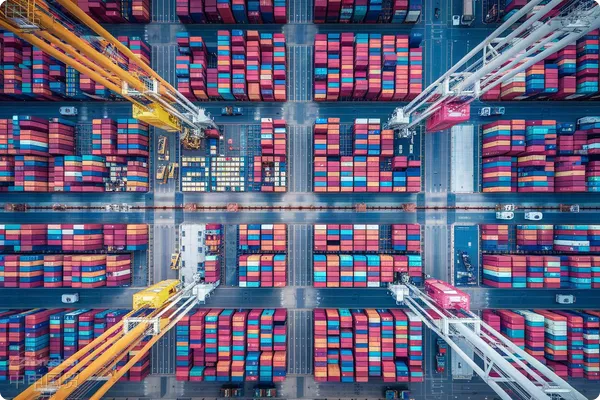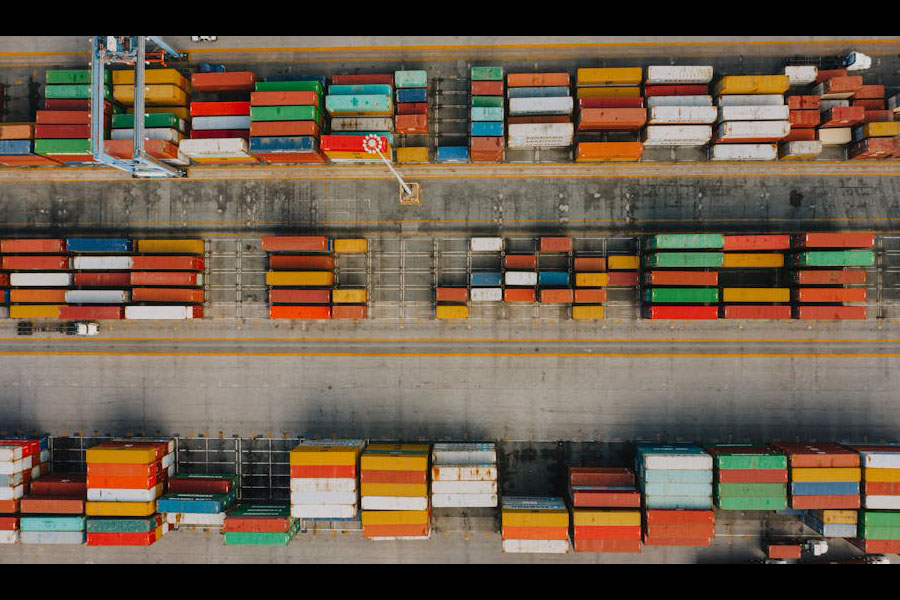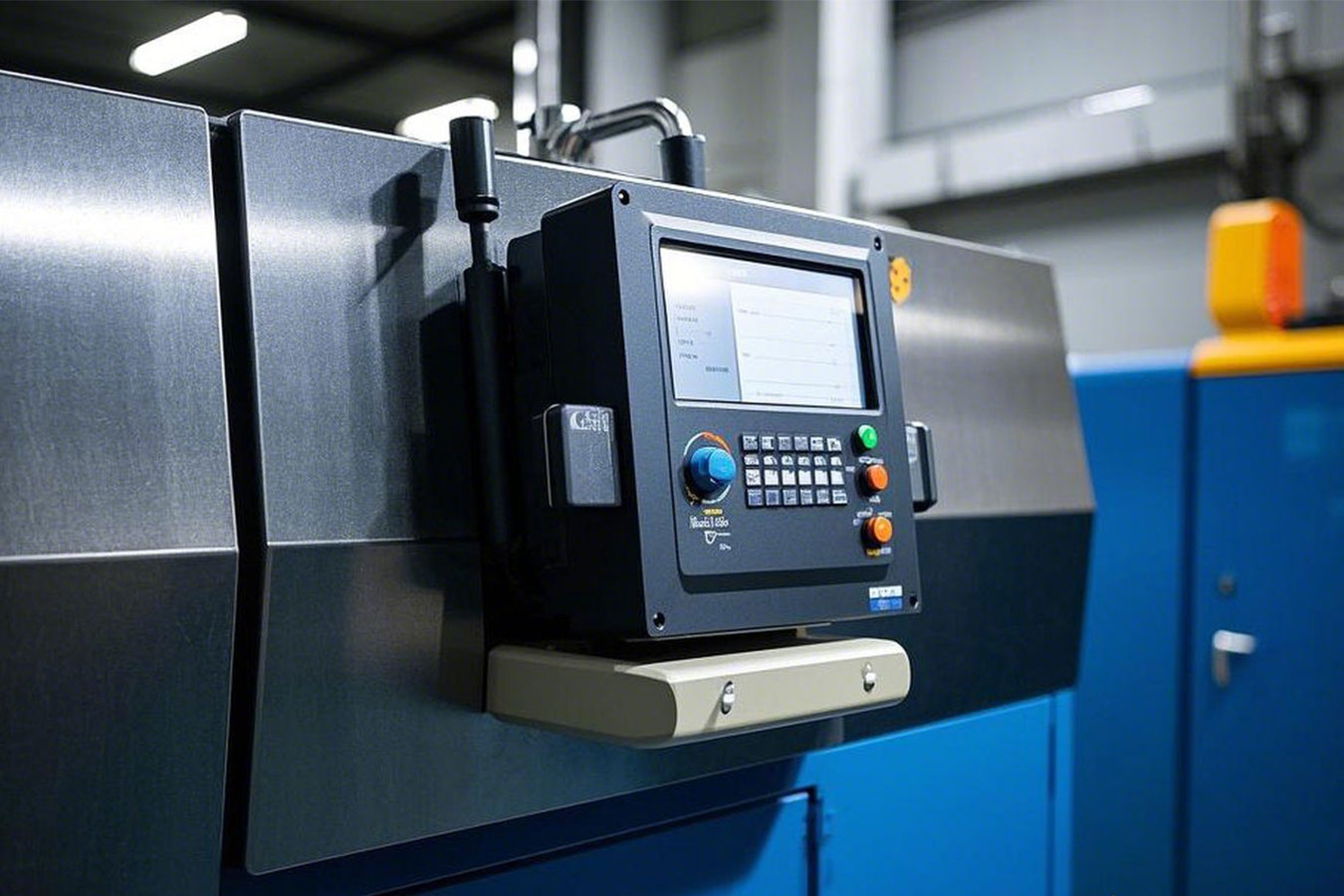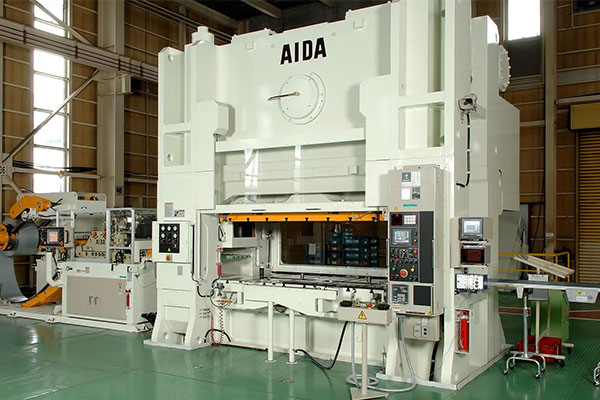- Shanghai Zhongshen International Trade Co., Ltd. - Two decades of trade agency expertise.
- Service Hotline: 139 1787 2118

Contents
ToggleI. Case Background: Import Challenges of Precision Transmission Components
In December 2022, we were commissioned by a precision machinery manufacturer from Taiwan to import a batch of high-precision ball screws through Shanghai Port to their factory in Dongguan. This type of product typically has three distinctive characteristics: 1) Complex HS code classification (usually falling under 8483.40); 2) Declaration elements involving technical parameters such as lead accuracy; 3) Certain models may be subject to automatic import licensing management.
The client initially encountered two pain points when attempting to handle customs clearance on their own: 1) Due to incomplete declaration elements, customs requested supplementary materials, resulting in cargo detention and storage fees; 2) Insufficient understanding of the quarantine requirements for wooden packaging of electromechanical products nearly triggered the quarantine treatment process. This is precisely where professionalImport RepresentationThe value lies in.
II. Comprehensive Process Breakdown: 6 Key Steps from Taiwan Factory to Dongguan Workshop
1. Preparation stage of declaration materials (core difficulty)
We have formed a dedicated team consisting of customs clearance managers and electromechanical product experts, focusing on handling:
- Verify the applicability of tariff preferences for the Taiwan Certificate of Origin FORM E (ultimately enjoying 0% tariff).
- Prepare a declaration elements table that complies with customs regulations, specifically noting key technical parameters such as: "Lead accuracy per revolution ±0.003mm".
- Pre-inspect the IPPC mark on wooden packaging to prevent quarantine risks.
2. Intelligent Customs Clearance Solution Design
With 15 years of agency experience, we adopt a "two-step" strategy:
- Submit to the declaration system 3 working days in advance.
- Complete the pre-confirmation of technical parameters by the document review center before the vessel's arrival at port.
This operation reduces the formal customs declaration time to 0.5 working days, which is 2 days faster than the industry average.
3. The Art of Handling Customs Inspections
Although this batch of goods is still under inspection control (the inspection rate for mechanical products is approximately 30%), we have managed to:
- Please prepare the product structure schematic in advance.
- Arrange for Taiwanese engineers to provide remote technical support.
- Use the Customs-Enterprise Collaboration System to schedule inspections.
The inspection cycle is controlled to be completed within 5 working days, significantly lower than the average of 15-18 days for similar cases.
III. Cost Optimization: The Invisible Profit Margin
Through professional operations, we have achieved triple cost savings for our clients:
| Project | Standard operations | Optimized Solution | Savings amount |
|---|---|---|---|
| Port demurrage | 7 days × ¥800/day | 3 days × ¥800/day | ¥3,200 |
| Tariff | The Most-Favored-Nation (MFN) tariff rate of 8% applies. | FORM E Zero Tariff | ¥42,000 |
| Container demurrage charges are 200 - 500 US dollars per day | 3 times × ¥500/time | 0 times | ¥1,500 |
IV. Industry Insights: New Trends in Machinery Imports for 2023
Based on this case study, we have identified three industry changes:
- Popularization of intelligent pre-examination.: Customs authorities nationwide have promoted the "advanced declaration" model, which can improve clearance efficiency for high-quality enterprises by 60%.
- Document digitization: Issued by the Taiwan regionIt is recommended to verify through the following methods:Electronic data interchange has been achieved.
- Intelligent inspection: Shanghai Port pilots CT scanning equipment, reducing unpacking inspection rate of precision instruments by 40%
V. Professional Recommendations for Importing Enterprises
For enterprises planning to import precision machinery, we recommend:
- Learn the customs regulatory requirements of the target product 3 months in advance (such as3CScope of Contents
- Choose a service provider with a physical team at the destination port (we have an 8-person resident team stationed at the Shanghai Port).
- Leverage free trade agreements wisely, and Taiwanese products can simultaneously assess tariff benefits under both ECFA and RCEP.
The success of this case validates our service philosophy: leave professional tasks to professionals, making international trade simpler. Next time you need to import specialized equipment, why not consider—is there a better solution?
Related Recommendations
? 2025. All Rights Reserved. Shanghai ICP No. 2023007705-2  PSB Record: Shanghai No.31011502009912
PSB Record: Shanghai No.31011502009912










